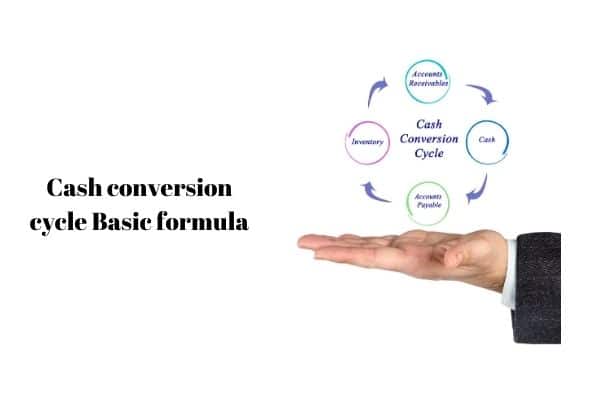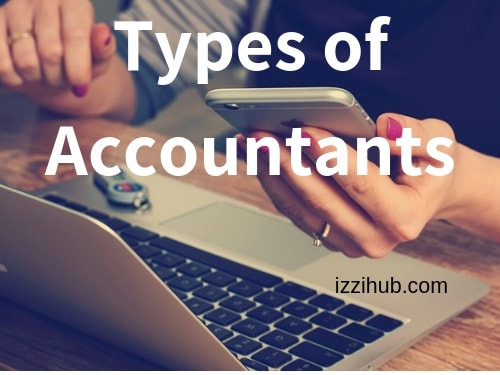Cash Conversion Cycle Formula Calculator Guide
Before the explanation of the Cash Conversion Cycle, I will discuss what is Cash? It’s money that a firm can disburse immediately into operational financial and investing activities of business without any restriction. The term cash includes the coins, currencies and cheques which are by the firm in the balance in a bank account. It’s also including some absolute liquid assets of the firm such as marketable securities and time deposit into the banks. Cash is the most liquid assets of the business, it also has vital importance to the daily operations of the business firm. It also very helps to meet the petty expenses of the firm. There are three basic reasons for a firm to hold cash in hand:
- To meet the need for daily transactions.
- To protect the firm against the uncertainty and bad time into the business.
- To take the benefit of unexpected investment opportunity within the business.
Explain Cash Conversion Cycle Formula with Calculator
Cash conversion cycle (CCC)
“The length of time funds is tied up in working capital or the length of time between paying for working capital and collecting cash from the sale of working capital.”
The cash conversion cycle is the combination of several activity ratios involving accounts payable accounts receivable and inventory turnover. AR and inventory are short term assets while AP is short term liability all these ratios are found in the balance sheet. These ratio show hoe the management use the short term assets and liabilities o generate cash. The cash conversion cycle is one of several measurements of management effectiveness. Its measures how fast a company can convert cash on hand into even more cash on hand. See also for Accounting Equation Guide.
The cash conversion cycle does this by following the cash as it is first converted into inventory and accounts payable through sales and accounts receivable and then back into cash. The cash conversion cycle is especially useful for comparing close competitors because the company with the lowest cash conversion cycle is often the one with better management. A Guide to How to be successful in business also supportive here.
Components of Cash Conversion Cycle (CCC)
There are the following components of cash CCC.
Inventory conversion period
The average time required to convert raw material into finished goods and then to sell them.
Average collection period
The average length of time required to convert the firm receivables into cash that is to collect cash following a sale.
Payable deferral period
The average length of time required between the purchase of raw materials, labour and the payment of cash for them.
Networking capital
Net working capital is defined as total current assets to total current liabilities. Working capital includes firm current assets which consist of cash and marketable securities in addition to account receivable and inventories. A GAP Analysis may also support for better Cash flow. It also consists of current liabilities including account payable, trade creditors, note payable, bank loan and accrued liabilities. Hope you know about the weighted average cost of capital.
Cash conversion cycle Basic formula
1. Inventory turnover ratio (IT)
IT = cost of goods sold / average inventory
Inventory Collection period = no of days / inventory turnover ratio
2. Account receivable turnover Ratio (ART)
ART= sales / Account receivable
Average collection period = # of days /account receivable turnover
3. Account payable turnover (APT)
APT= Cost of goods sold / Account payable
Average collection period = # of days /account payable turnover
Calculating the cash conversion cycle
Both the operating cycle (OC) and cash conversion cycle (CCC) can be computed by shown below.
OC = inventory days + ACP
CCC = OC- Average payment period
Funding requirement of the CCC
If a firm sale is constant then its investment in operating assets should also be constant and the firm will have only a permanent funding requirement. If sales are cyclic then investment in operating assets will vary over time leading to the need for seasonal funding requirement in addition to the permanent funding requirement for its minimum investment into operating assets. In every type of Business CCC supported for cash flow.
Strategies for managing the CCC
- Turn over inventory as quickly as possible without stock-outs that result in lost sales.
- Collect accounts receivable as quickly as possible without losing sales from high-pressure collection techniques.
- Manage, mail, processing and clearing time to reduce them when collecting from customers and to increase them when paying suppliers.
- Pay accounts payable as slowly as possible without damaging the firm credit rating.





